Barry O'Farrell's term may have been cut short, but it's not even close to the shortest NSW premiership.
A quick look at the terms of premiers in NSW shows terms were much shorter in the late 19th and early 20th century, though politicians often had multiple, non-consecutive occasions in office:
O'Farrell is nowhere near the top 10, and although it seems NSW has had more premiers recently than usual, neither the ALP's Nathan Rees nor Kristina Keneally make it into the list either.
O'Farrell has lasted a solid 214 days more than the average term length of 901 days. The longest-serving premier in an uninterrupted spell is Bob Carr, who was in office for 10 years and four months.
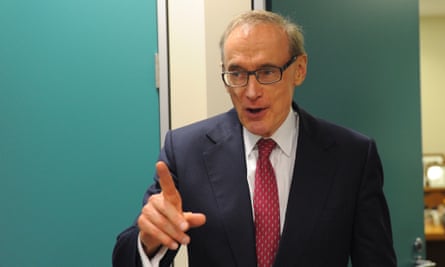
Sir George Fuller presided over the shortest premiership, holding the office for seven hours.
This came about when Sir George was opposition leader in 1921, and the government's majority was removed due to the death of one politician, and resignation of another. Fuller used a no-confidence motion to defeat Labor and formed a Nationalist-Progressives government. However, due to lack of support from some of the Progressives, Fuller resigned almost immediately and Labor returned to power.
Here's the same table but showing total days in the office, which merges multiple, non-consecutive terms:
Laurie Ferguson's short stint was due to being made acting premier while Neville Wran stood down during the Street royal commission.
Here are the mean and total days in the premiership grouped by party:
On average, the longest terms are from the United Australia Party (the forerunner of the Liberal party), followed by Labor. On total length, the ALP comes out well ahead, with politicians belonging to no party and the Liberals a distant second and third.
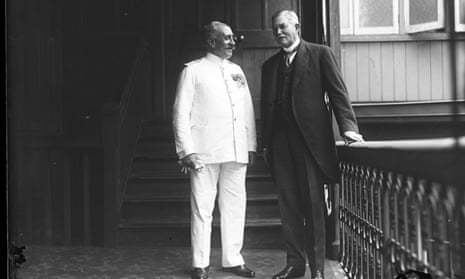


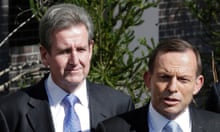

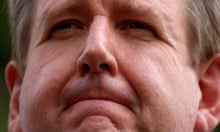

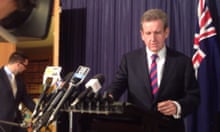

Comments (…)
Sign in or create your Guardian account to join the discussion